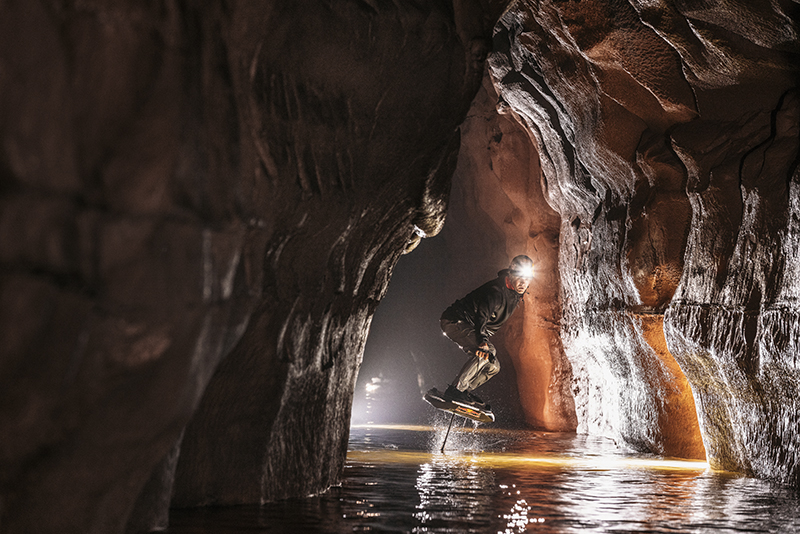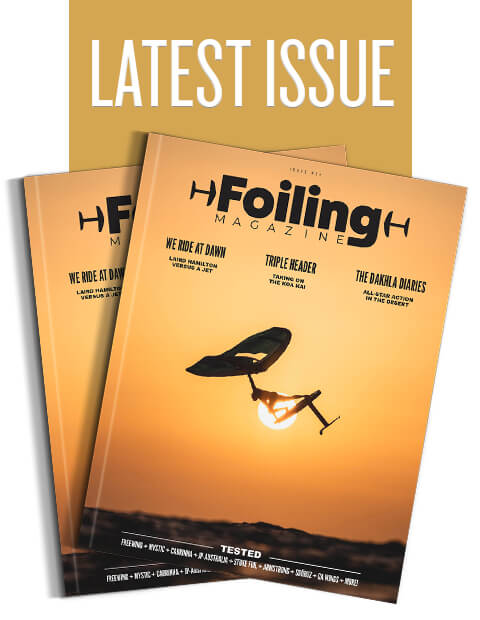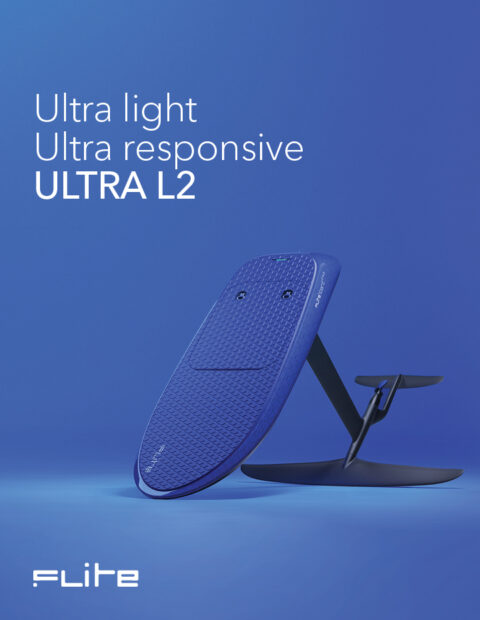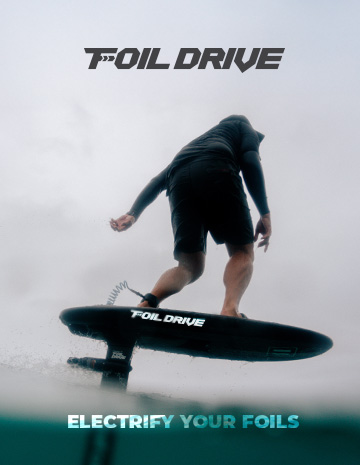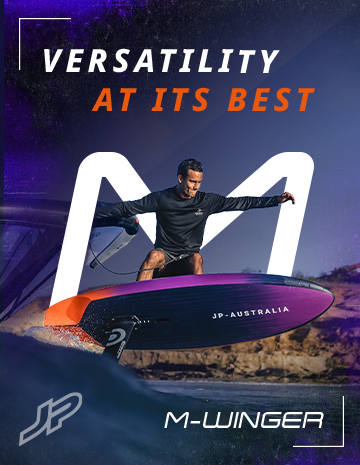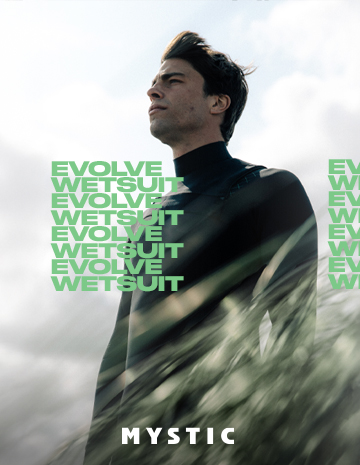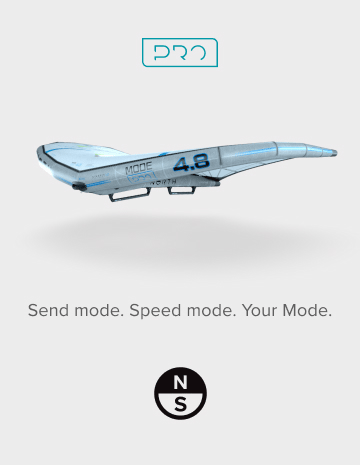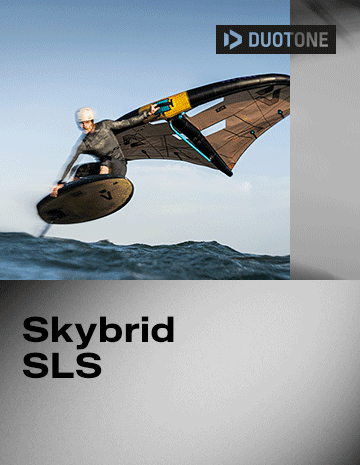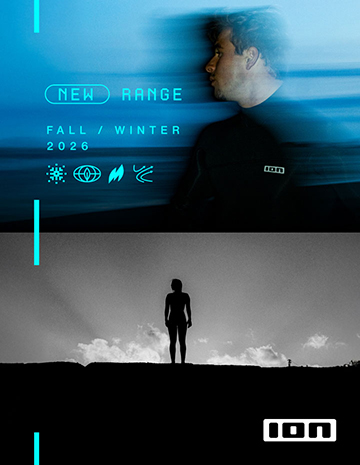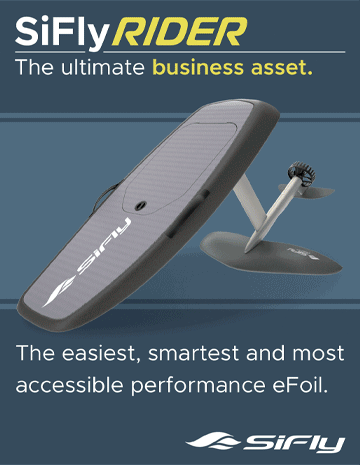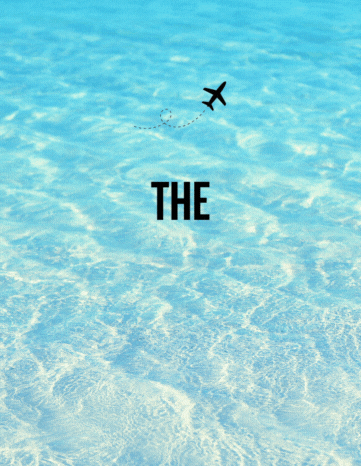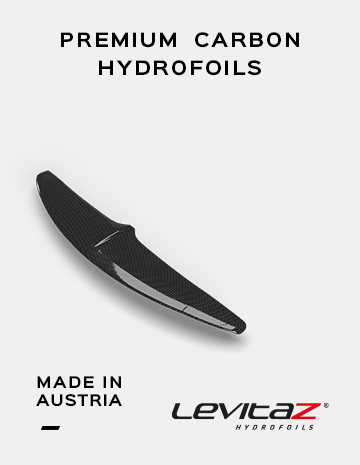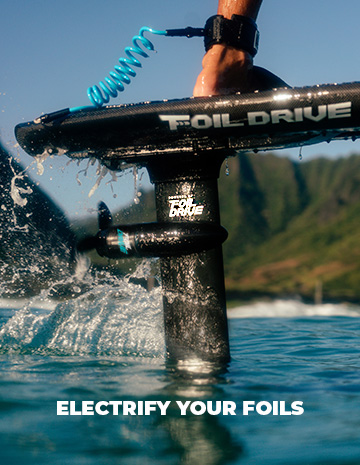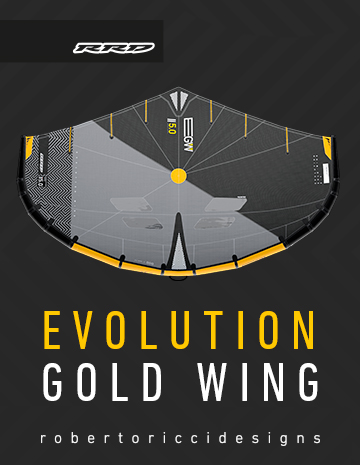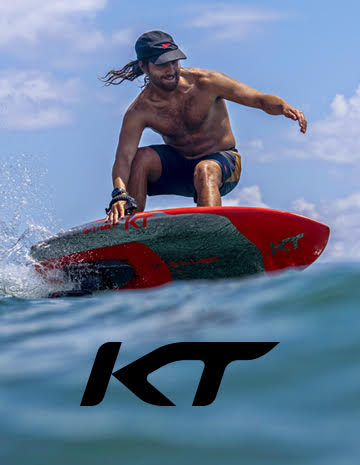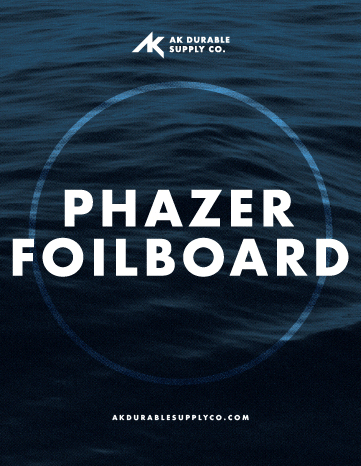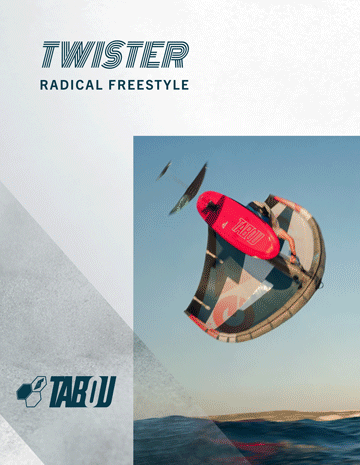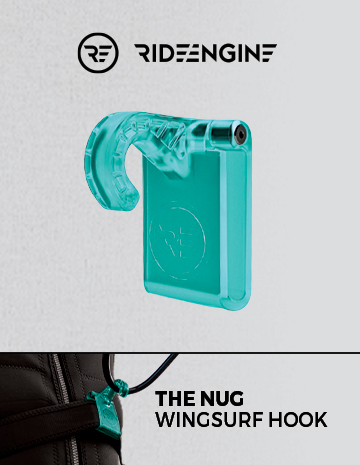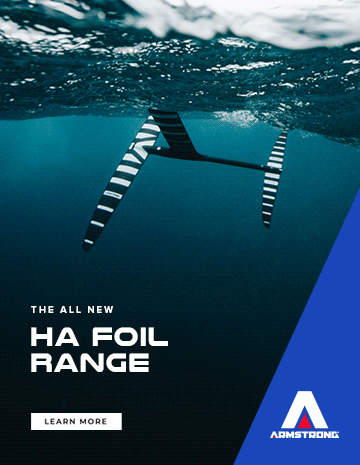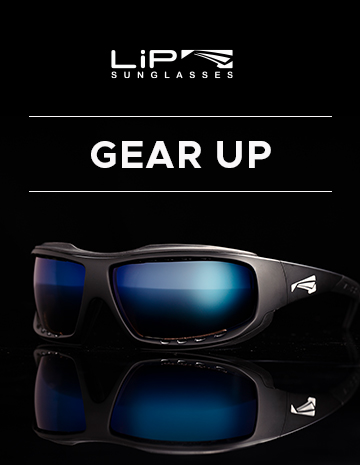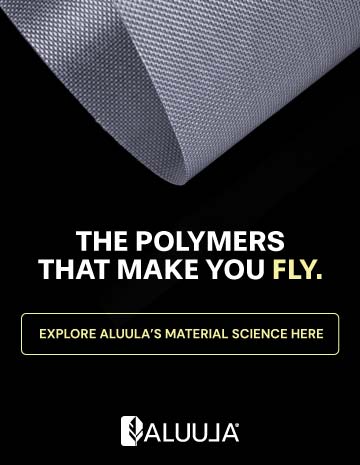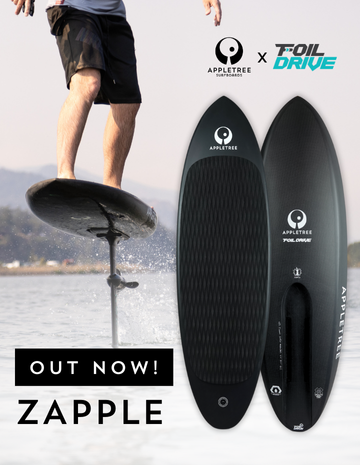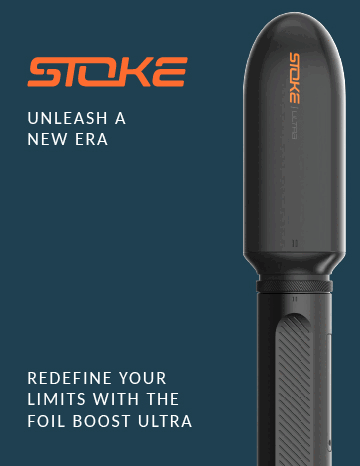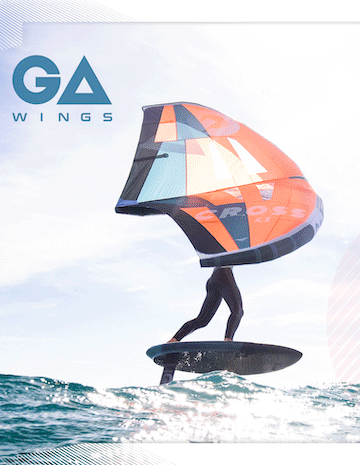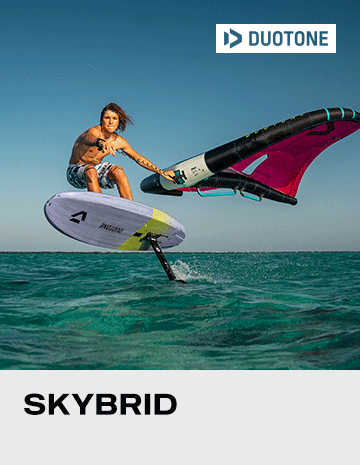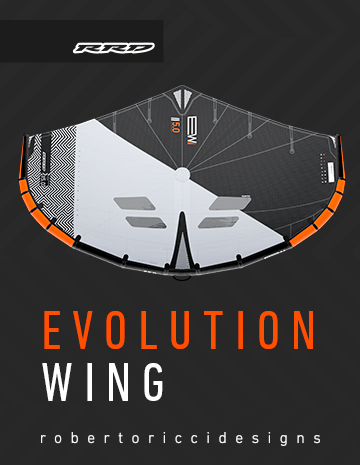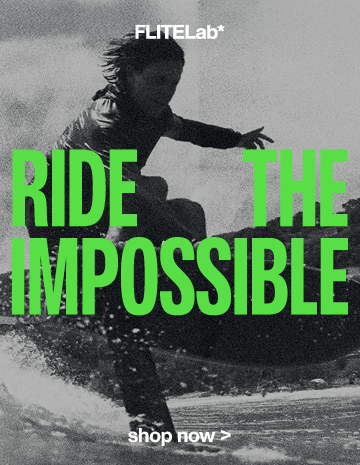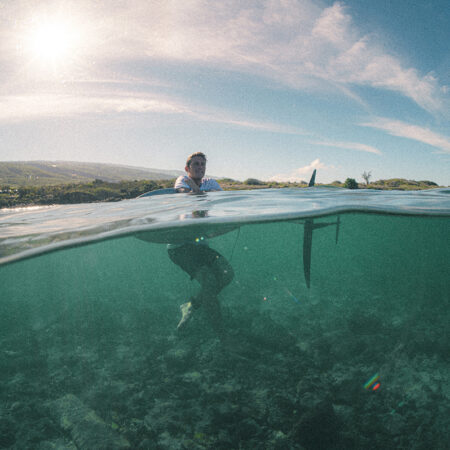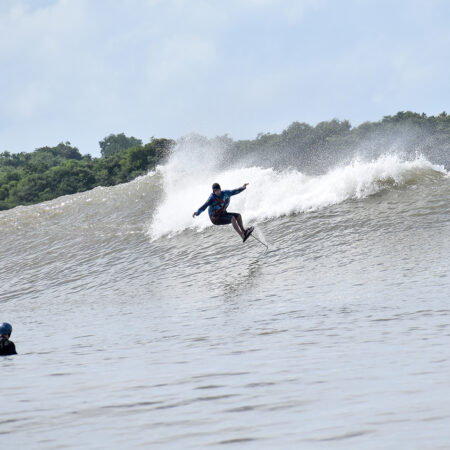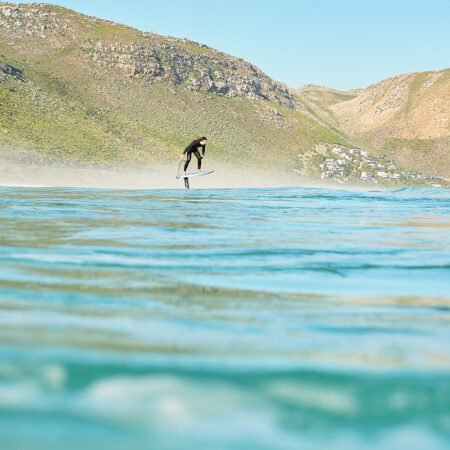The Outer Banks: Deeper Underground
With the original pitch of wakeskating through a cave deep under the state of Indiana deemed logistically impossible, the suggestion of switching it up with an eFoil won round the Red Bull organizers, and rider Brian Grubb – who, as we already know, is no stranger to finding himself in some highly unusual places on a foil…
Words: Brian Grubb
Photos: Robert Snow / Red Bull Content Pool
One of the fun parts of being a Red Bull athlete is the calls I often receive, proposing crazy stunts across the globe, in locations I might not otherwise have ever heard of. So it wasn’t too surprising to get a call from someone at Red Bull proposing I wakeskate deep within the confines of the Earth, in a narrow cave filled with cold water. The cave is called Bluespring Caverns, located in Indiana. The prospect of wakeskating in a dark cave, underground, was intriguing, but didn’t seem feasible at first. In the end, I was right, but with the help of my team, we were able to pull off something even more epic underground.
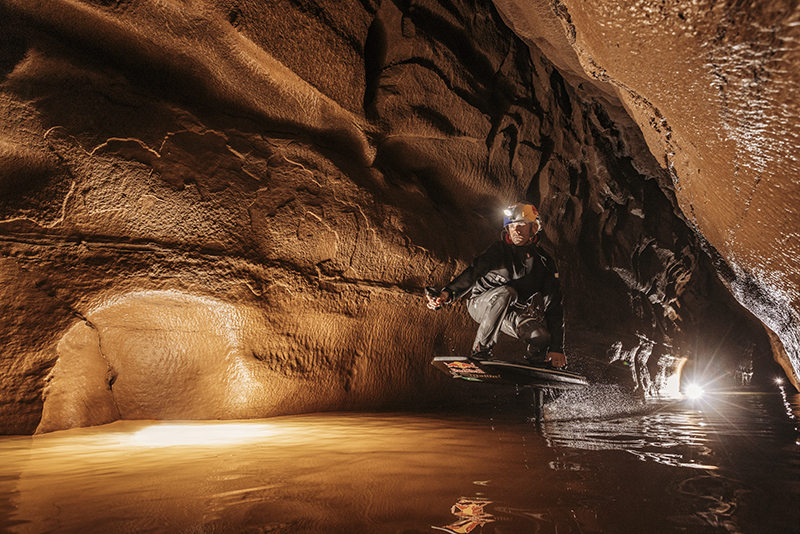
When they proposed the project, Red Bull sent me a handful of enigmatic photos of the cave, leaving much to the imagination. It wasn’t quite clear if wakeskating was possible within the narrow cave walls — and to be honest, my doubts were high. I’m not one to say no to a challenge, but I’m also realistic with what’s possible. To find out for sure, a crew of us journeyed up to Indiana to see for ourselves. Much to my disappointment, my initial kayak tour of Bluespring Caverns didn’t get my hopes up. It felt all too narrow to make it work. But this led us to consider an alternative: eFoiling. It was a bold suggestion, but Red Bull went for it, eager to support the challenge; and the outset of the project certainly brought us many challenges. The cave itself was profoundly affected by surface water, primarily rain and snowfall that gradually filled its depths. Consequently, we were forced to postpone our shoot twice due to unfavorable conditions. However, after a series of setbacks, fortune finally favored us, granting us a narrow window of opportunity in June to capture our journey on film.
One of the biggest challenges we faced was how to illuminate the cave's eerie darkness. The problem was that inside the cave, there was no dry ground to stand on, meaning we had to remain afloat or in the water throughout the entire filming process. This brought us a puzzle to solve – all our lights, cameras, and equipment had to be mounted on boats or floating devices. Bryan Soderlind, our director of cinematography, was the hero in solving this problem. He curated an arsenal of waterproof gear, including battery-powered lights, eliminating the need for generators. These lights found their home on small catamaran boats, strategically positioned throughout the cave. To create the dramatic lighting effect desired, we installed spotlights at both ends of the course we had constructed. The lights illuminated the cave's interior but presented a unique challenge for me as I had to ride directly into blinding lights during each of my runs. The other main challenge was transporting our gear on a 45-minute hike to the filming location. On the first night, this meant carrying loads of equipment out of dark caves, pushing 3am after filming in cold water since 7pm. Every project inevitably has inconveniences like this to work through, but it’s a good reminder of our collective commitment to complete the goal ahead.
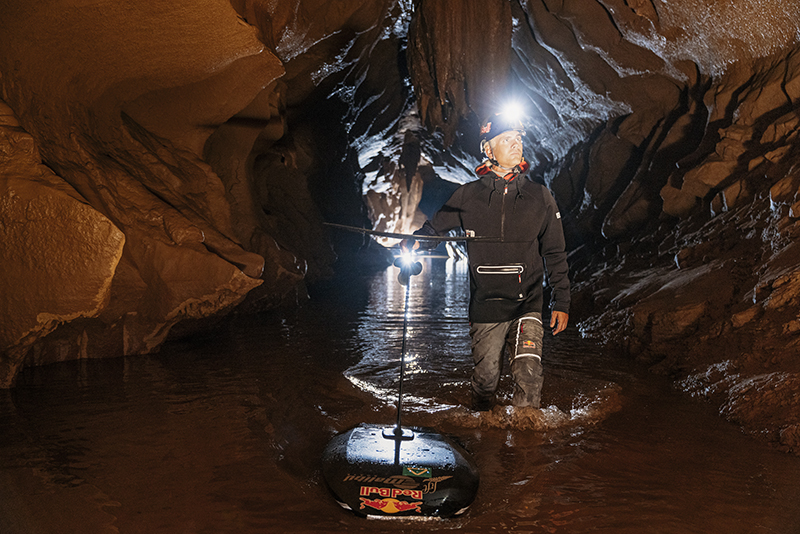
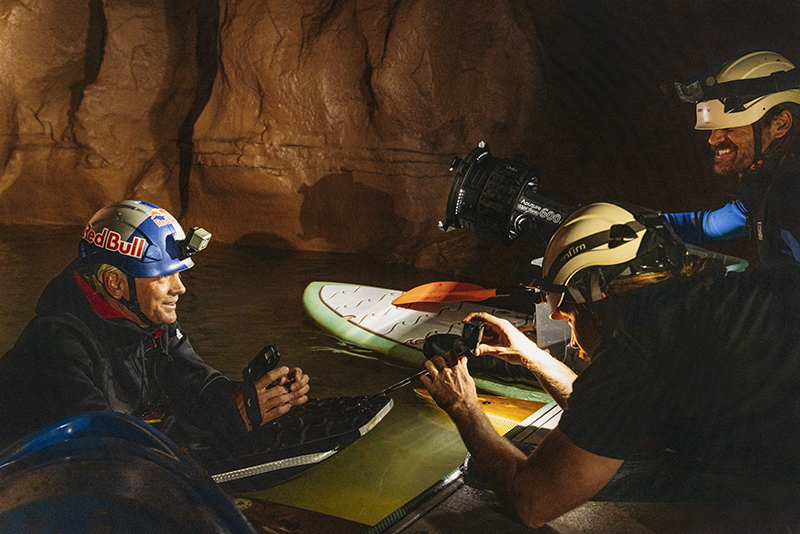
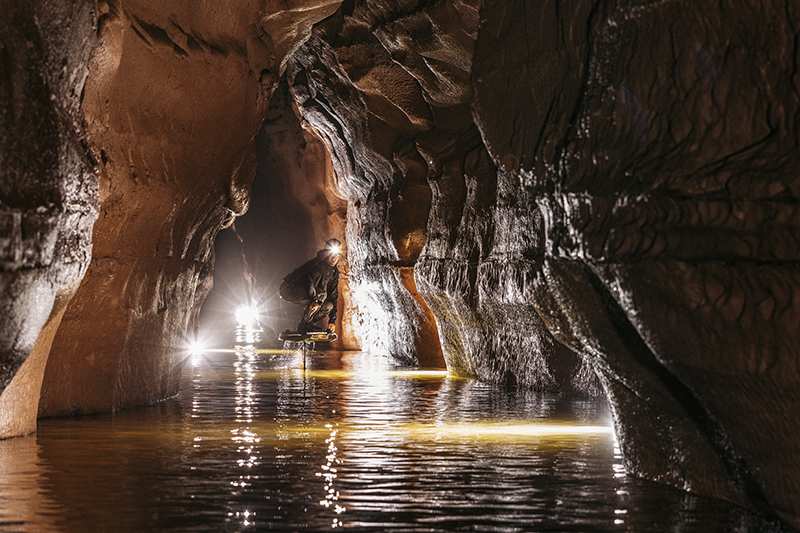
Once we descended into the cave each day, the full extent of our plan came into focus. I was submerged in the water throughout the entire shoot, in pitch black darkness, with a 53-degree Fahrenheit (11-degree Celsius) water temperature. So it was uncomfortable. On the first day, I found myself in the water for seven long hours, followed by another five to six hours on the second night. Our shooting schedule dictated that we work exclusively at night, after the park had closed its doors to the public. Thankfully, the park workers, who are the most familiar with the cave, became our guides. Some of the most mesmerizing shots of our adventure were captured by an FPV (First-Person View) drone. Paddy Mack, our skilled pilot, engineered a waterproof drone specifically for the shoot. Positioned behind me as I rode, this technology allowed us to capture breath-taking footage from perspectives that had never before been possible.
Reflecting on this journey, I can't help but feel gratitude. This project was not only a remarkable achievement but also a blast to be a part of. The thrill of eFoiling in the pitch-black waters of a hidden cave, with lights blazing and cameras rolling, was an experience like no other. I'm incredibly thankful to everyone involved in making it happen – the crew, the park workers, and the Red Bull team who believed in the vision. The success of this project is a testament to what can be achieved when a team of passionate individuals comes together to push the boundaries of their respective fields. We ventured into the unknown, faced challenges head-on, and emerged victorious, capturing an unforgettable adventure.


